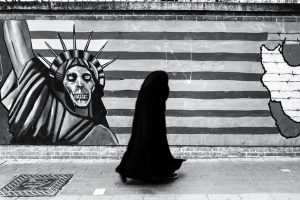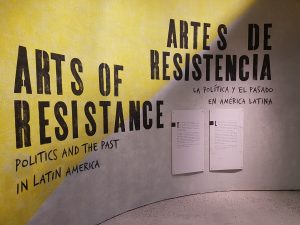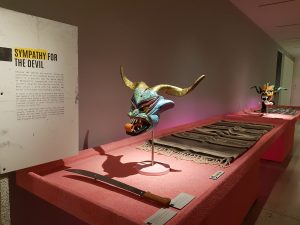
Photo by Keith Zhu on Unsplash
By studying two significant pieces of literature – Persepolis and The Reluctant Fundamentalist – in our ASTU 100 class, we have broadened our knowledge of the post 9/11 aftereffects and about the behind story of the marginalized people after the 9/11. To be honest, through this experience, I’ve definitely gone through a shift of view of the people and countries rooted in Islamic culture. Furthermore, upon some self-reflection, I’ve learned that discrimination comes from a lack of acknowledgement and understanding; misjudgment and hatred coming from assumptions and uncertainties.
Although both books share a common message at one point, they each have their unique ways of depicting their own stories. Relating this to what I’ve learned from writing the literature reviews in class, I also noticed how the technologies of memory – the medium and furthermore the process of constructing and mediating memory – also had an impact on how each story had its own unique story to tell.
First, Persepolis is a graphic novel that talks about a young Iraqi girl Marji and tells the story of Iraq people from a mixture of both the author’s view Marjane Satrapi and the main character Marji’s viewpoint. When it comes to the format of the book itself, engaging such emotionally intense stories (mostly nonfictional, historical events) through simplified comic cartoons seemed a bit odd at first; however, getting to know the functions behind the graphic novel was eye-opening and even mind-blowing. Although some minor parts of the book are fictional, the book mostly consisted of stories and events that illustrate the historical, political, cultural and even religious aspects of Iraq people both from the individual and nation scale. By enclosing into the day to day lives of Iraq people, it conveys the individuality of Iraq people, how they are unique people – more than just being referred to the “Iraq people”, especially after the 9/11 – their different beliefs and values and lifestyles standout throughout the book.
On the other hand, The Reluctant Fundamentalist is a fictional novel that leads the plot from the viewpoint of a well-educated and successful Pakistani immigrant Changez living in the US. The book is written in a peculiar format; that of a conversation between Changez and you – a stranger who is an American, assumed to be a spy, whose identity is yet unknown. This format makes you, the reader, think as if you were actually directly interacting with the main character Changez, making it much easier to relate to his stories. However, in contrast to Persepolis, The Reluctant Fundamentalist brings in direct criticism (in a passive-aggressive way) about the discrimination that has happened after the 9/11, and satires the hypocrisy of the American’s nostalgic attitude that deters them from embracing diversity, even the minority, in a multicultural country. It does this through various metaphors expanded throughout the whole book. I’ve got to realize how we should be aware of the fact that Arab people are victims too after 9/11 – of judgement and discrimination.
In summation, after analyzing the two books Persepolis and The Reluctant Fundamentalist, I have learned the fact that we should, before hastily judging others’ differences, self-reflect and have a deeper understanding of the other stance and that the media doesn’t always depict things in a fair and well-informed way.
As we wrap up this semester, while writing this blog post, I was surprised to realize how everything we’ve learned in class intertwined so well. Just as our ASTU stream’s title “Literature, Culture, and Memory”, we have learned about the culture itself embedded within the literature and about how such memories are conveyed through literature. Overall, I was very pleased to see myself grow from learning about various stories from different perspectives and cultural backgrounds, and am looking forward to exploring even more in our ASTU class next term – ready and excited to discover a new upgraded me once again.


